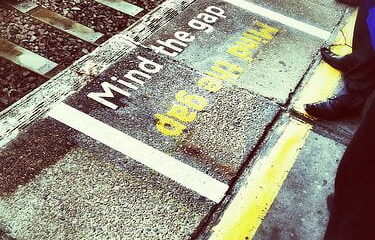

Features
The ‘advice gap’ a reality as minimum portfolio sizes double
Over 200 financial advisers told us their view on the state of their industry, sustainable investment and the economy in the fifth annual Voice of the Adviser survey. The advice gap was the risk that following market reform many investors would not be able to afford independent advice.
With four years of data we have been able to track the minimum portfolio size financial advisers will look at to take on a client over five years. The retail distribution review (RDR) changed the way the financial advice market operated.
Rather than a fund provider paying the adviser a commission (and potentially securing greater market share by paying a higher commission), the client now pays the adviser directly, as a fixed fee for a specific service or as a percentage of their portfolio. In reality, the client has always paid directly or indirectly, but this system is supposed to create greater transparency.
RDR came into force on the 31st of December 2012 and we have watched as minimum portfolio levels rose gradually in 2011 to 2013, and then shot up in 2014.
Since 2010, and post the RDR, the average minimum portfolio size financial advisers will look at to take on a client has risen from £34,660 to £69,770. The number of financial advisers who have a no- minimum policy has fallen from 58% in 2011 to 46% in 2014.
To receive a copy of the full report please register for our newsletter here if you are an investor or here if you are an adviser.
If you’re looking for financial advice why not refer to our 2013 Guide to Ethical Financial Advisers.
Photo: Tax Credits via Flickr
Further reading:


 Environment10 months ago
Environment10 months agoAre Polymer Banknotes: an Eco-Friendly Trend or a Groundswell?

 Environment12 months ago
Environment12 months agoEco-Friendly Home Improvements: Top 7 Upgrades for 2025

 Features9 months ago
Features9 months agoEco-Friendly Cryptocurrencies: Sustainable Investment Choices

 Features10 months ago
Features10 months agoEco-Friendly Crypto Traders Must Find the Right Exchange






























